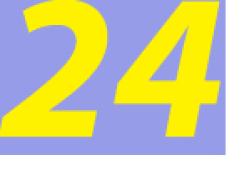
In 2002, founder David Shaw handed the reins to a carefully groomed, internal team of six, and four years later they tapped an outsider, Peter Bernard, former chief financial officer of RiskMetrics Group, to coordinate risk reporting for an increasingly diverse range of activities that includes a multistrategy hedge fund, direct real estate investments and private equity.
Bernard, 52, confers with portfolio managers on their risk issues and manages firmwide exposures, knitting together strategy-specific systems that use different, highly customized homegrown technology. “Equity statistical arbitrage risk systems don’t look a whole lot like commodities risk systems,” says Bernard. “They are highly tailored to individual strategies.” Bernard is helping to guide the firm’s introduction of new technology.
In addition to the various legacy systems, there is a separate, independent risk system. “Our emphasis is on a flexible platform that allows us to answer important questions about our portfolios,” rather than just generate reports, Bernard explains. Still, reporting, whether to investors or creditors, has grown in importance since the meltdown. “We want to advance the conversations in the industry,” he says.
Return to the 2010 Tech 40 Index




